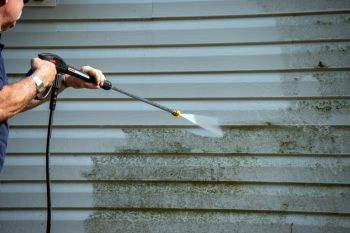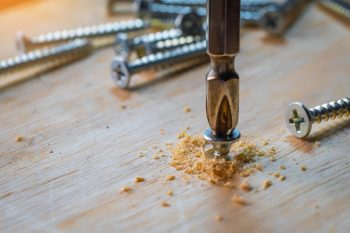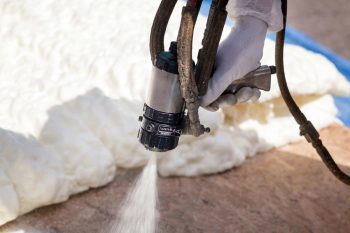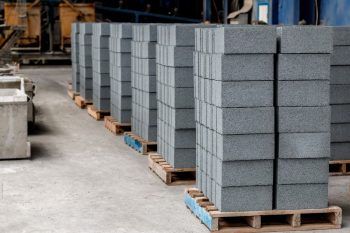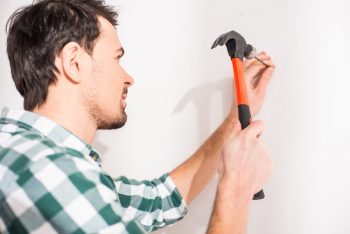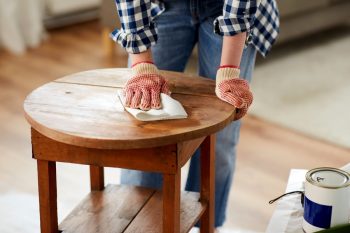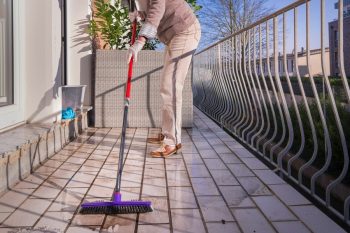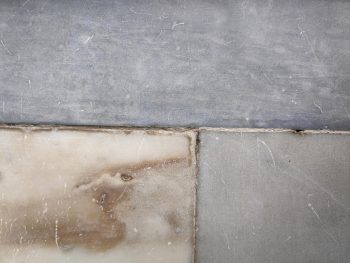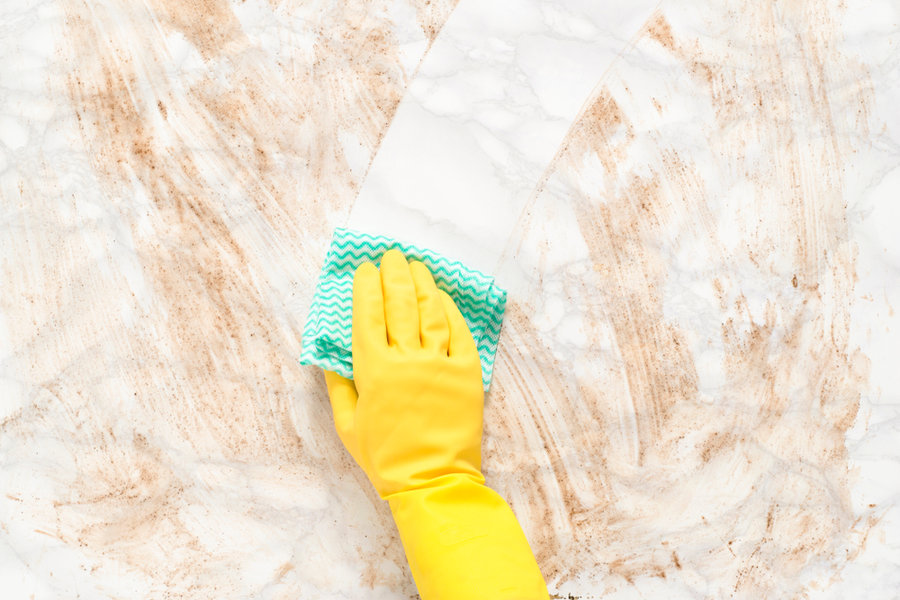
Italian marble is one of the most prized choices for home floors. Its elegance is timeless – Italian marble will be forever chic. Keep your Italian marble floor glossy and beautiful by following this handy guide.
Italian marble is a naturally occurring stone that is highly sought-after. Since Italian marble is porous, care must be taken when cleaning it. Its porous nature also means it might not be an ideal candidate for kitchens, bathrooms, and other areas of your home that might expose it to excess moisture.
Other options, like cultured stone, may be more appropriate in those locations.
Cleaning your Italian marble floor is simple enough once you know the dos and don’ts. Keep your floor debris free by sweeping or vacuuming daily.
Next, mop your floor monthly with warm, soapy water. A stone cleaner is another option, but make sure you avoid any harsh cleaners. Then you’ll need to towel dry your floor. We will go into further detail on full cleaning instructions below.
It is also crucial to dab any spills on your floor immediately. Italian marble is porous, and any spills left uncleaned can cause staining.
We’ll also talk about some preventative things you can do around your home to keep your floors in peak shape.
Let’s discuss the best practices for cleaning Italian marble flooring. Keep your floor free from debris. It is also critical to mop your marble floor with mild detergent and a slightly damp mophead.
What Is Italian Marble?
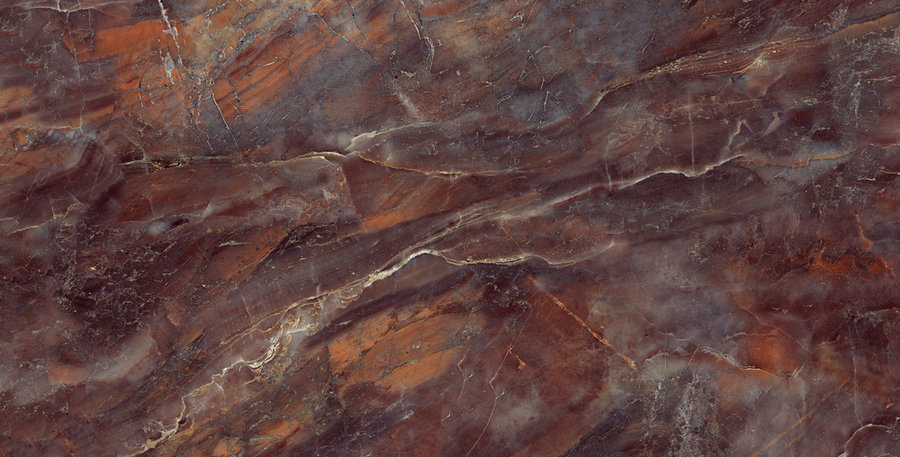
Italian marble is a natural stone quarried in… you guessed it, Italy. It is highly prized and considered the most beautiful variety of stone. Its primary use is for flooring, not countertops.
Because Italian marble is a natural stone, it is porous. It can stain if it is exposed to too much liquid or moisture. Make sure you dry any spills immediately.
You may also want to think long and hard about installing Italian marble in your kitchen or bathrooms. Cultured stone is a human-made product that offers a higher level of protection against water, and cultured stone may be a more appropriate option for you.
Applying a marble sealant is a wise option if you choose to install Italian marble in areas with a lot of water.
Italian marble is an expensive luxury. Protect your investment by following these instructions to keep it beautiful.
Cleaning Your Italian Marble Floors
First, you rid your floor of dust and debris. Then, mop with a slightly damp mop, using only soap or stone cleaner. Finally, you need to dry your flooring.
Get Rid of Debris
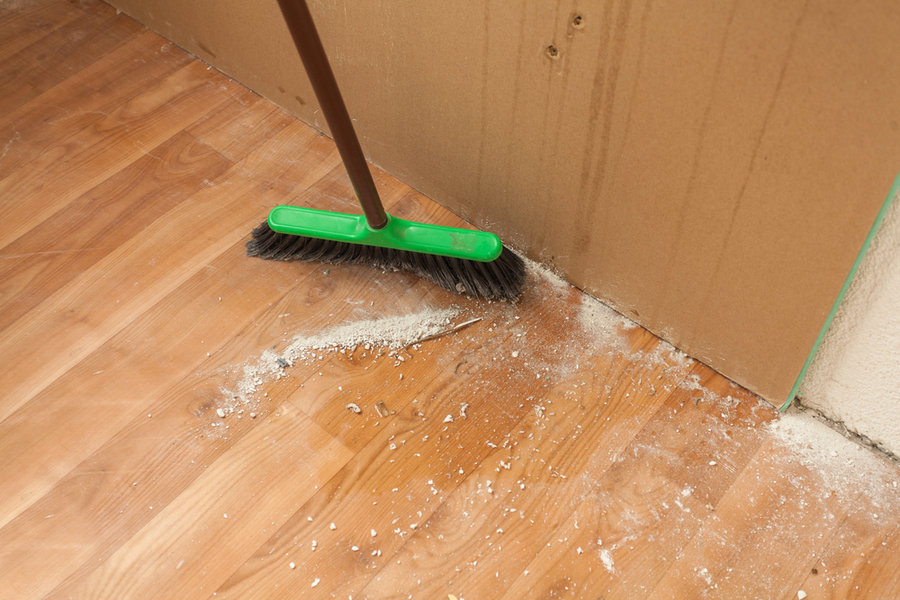
The first step in cleaning your marble floor is removing all debris. There are a variety of ways to do this.
The best way to remove debris is with a dry dust mop. These are typically microfiber and have large heads that can pick up dust from your floor. They should be considered the first line of defense in floor cleaning, and we recommend going over your Italian marble with one every day.
That’s the best way to keep that floor looking, Bella.
Other ways to remove debris include sweeping and vacuuming. If you choose to vacuum your floor, make sure your vacuum won’t cause any permanent damage. Check that the wheels are rubber and there’s nothing stuck in the intake that could scratch your marble.
If you are sweeping or vacuuming your floor, you want to do it daily.
Mop It Up
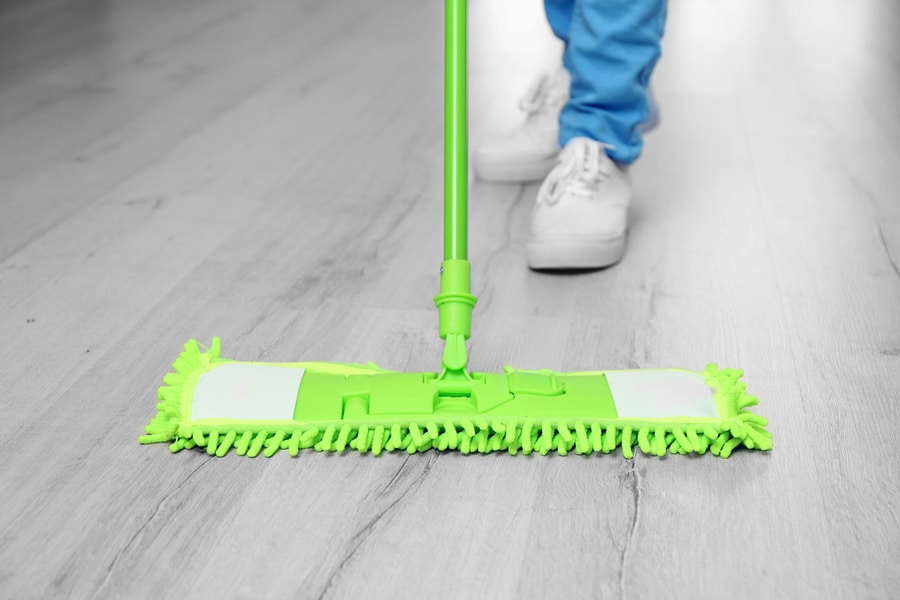
Mopping is the second step in making that Italian marble sing like Luciano Pavarotti. Unlike sweeping, mopping shouldn’t happen every day. A common idiom when cleaning is “sweep daily, mop occasionally.”
Your goal should be to mop roughly once a month, though you may need to do it more frequently depending on seasonality, pets, or children.
Harsh cleaners and acids can cause damage to Italian marble.
They should never be used to clean your floor.
Instead of cleaners and acids, a simple soap and warm water solution work best. A stone cleaner is also an acceptable choice. It’s always wise to check the instructions that come with your marble for best practices.
The best type of mop to use when cleaning your floor is one made of soft cotton.
To mop your floor, mop one section of flooring at a time, rinsing the mophead often. You want a slightly damp mophead since excess water is a no-no for marble and can lead to water stains.
Once your floor is completely mopped, empty your soapy bucket. Rinse the bucket and mophead thoroughly with warm water, then fill your bucket with just warm water. Again, working from section to section, go over your entire floor with a slightly damp mophead.
Dry It Up
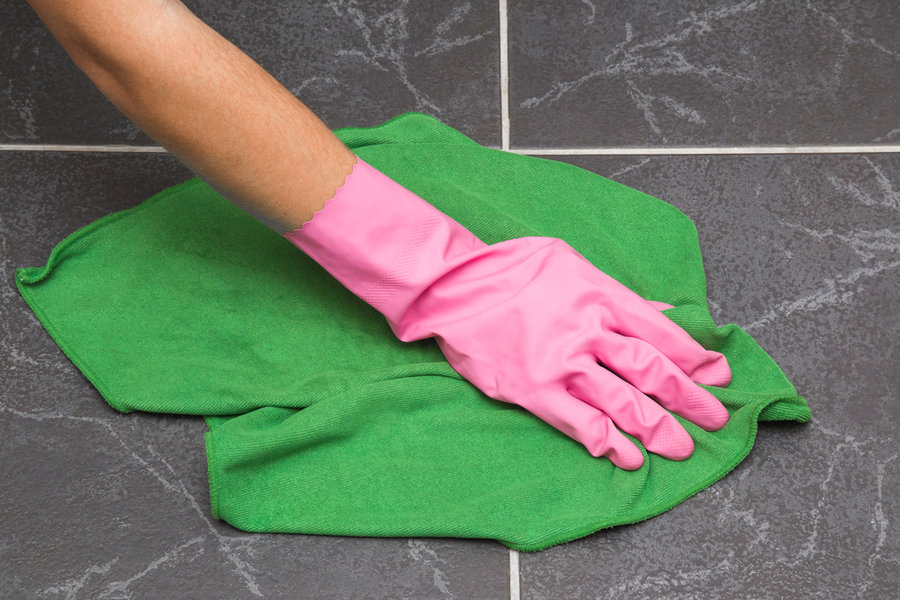
Finally, it would be best if you dried your Italian marble floor with a towel or dry mophead. Never let your flooring air dry, as this can lead to water stains. Again, a soft cotton towel or mophead is ideal to use.
Spills should be dealt with immediately. Left uncleaned, spills can cause discoloration to your floor.
To clean a spill, dab it with a dry cotton cloth. Don’t wipe or scrub the spill, as this can push the liquid into the pores of the tile. Dabbing or blotting is best.
Once you’ve dealt with the spill, mop that flooring section using the above instructions.
An Ounce of Prevention…
An ounce of prevention is worth a pound of cure.
Besides keeping those floors clean by sweeping and mopping, there are additional ways to keep your floor from getting dirty in the first place.
Applying a stone sealer to your Italian marble flooring is an excellent idea. It provides another level of protection to prevent stains and damage.
Sealers are easy for the homeowner to apply. Follow the directions on the bottle, applying generously and allowing it to dry. Then, any residual film should be wiped with a dry towel.
You should be able to find stone sealers for sale online or at your local hardware store.
Stone sealers are a terrific way to beef up the strength of your floor. You may also want to consider adding rugs to high-traffic areas, which can help absorb all the dirt and spills that would be landing on your marble otherwise.
Doormats are another excellent preventative. They help keep dirt and debris outside where it belongs.
Another preventative worth looking into is furniture pads. These soft pads have one adhesive side that tapes to your furniture. Say ciao to scratches in your Italian marble by investing in some furniture pads.
Keep Your Floors Beautiful

Maintaining your Italian marble floor should be a high priority. Italian marble is expensive for a reason – it’s stunning, so make sure you keep it that way.
Remove debris from your floor every single day, either by sweeping, vacuuming, or using a dry dust mop. Mop it once a month or as needed, using only soap and warm water. Always dry your flooring off after mopping.
Take the necessary steps to keep your floor from getting dirty in the first place. Apply a stone sealer to your marble floor, and place rugs in high-traffic areas. Adding doormats to any entries and furniture pads to your furniture pads will also help ensure your Italian marble floor will outlast the collesium.
